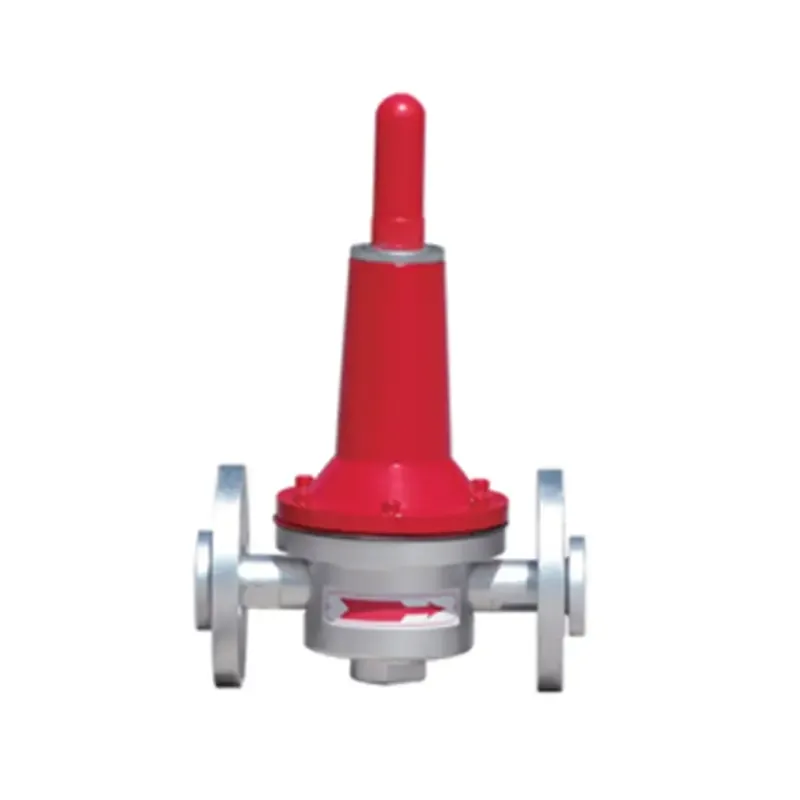
Oct . 30, 2024 20:56
Back to list
coalescing filter
Understanding Coalescing Filters A Comprehensive Overview
In numerous industrial applications, the integrity and quality of fluids play a pivotal role in maintaining the functionality and efficiency of machinery. One critical component in ensuring this quality is the coalescing filter, a specialized type of filter designed to separate liquids from liquids and remove particulate matter from fluids. This article delves into the principles, applications, and advantages of coalescing filters.
Principles of Coalescing Filters
Coalescing filters operate on the principle of coalescence, which refers to the process where small droplets of a liquid combine to form larger droplets. When a fluid containing water and particulates passes through a coalescing filter, it first encounters a media that promotes the coalescence of water droplets. As these droplets grow larger due to collision and merging, gravity assists in their separation from the primary fluid. The coalescing filter is structured to allow these larger droplets to be captured effectively, while also providing a passage for the cleaned fluid.
Key Components
Coalescing filters typically consist of multiple stages, including a pre-filter to catch large particulates and a coalescing media that consists of layers of fibrous materials designed to enhance droplet coalescence. Some systems may integrate additional stages, such as a polishing filter, to further purify the fluid and ensure that any remaining contaminants are removed before the fluid is sent downstream.
Applications
coalescing filter

The applicability of coalescing filters is vast. They are extensively used in industries such as oil and gas, where they play a crucial role in removing water from hydrocarbon streams. This is essential not just for product quality but also for preventing corrosion and operational issues within pipelines and equipment. Coalescing filters are also prominent in the food and beverage industry, where they are utilized to maintain the quality of oils and other liquid ingredients. Moreover, they are used in various manufacturing processes, including hydraulic systems and cooling circuits, to ensure stable and clean operations.
Advantages
The use of coalescing filters presents numerous advantages. One of the primary benefits is their efficiency in removing water and particulates, which helps extend the lifespan of machinery and reduce maintenance costs. By ensuring that only clean, dry fluids circulate within systems, coalescing filters enhance operational reliability and performance.
Furthermore, coalescing filters are relatively low-maintenance, requiring periodic replacement of filter elements rather than complete unit replacements. This translates into cost savings and reduced downtime during maintenance activities. Additionally, they are versatile and can be used in a variety of operational environments, making them an adaptable choice for many industries.
Conclusion
Coalescing filters are indispensable tools in various industrial sectors, providing vital separation and filtration capabilities. Their unique design and operational principles enable them to maintain fluid quality, promote efficient machinery performance, and reduce potential failures associated with contamination. As industries continue to prioritize efficiency and sustainability, the role of coalescing filters is expected to grow, ensuring a cleaner, more reliable operational landscape.
Next:
Latest news
-
Safety Valve Spring-Loaded Design Overpressure ProtectionNewsJul.25,2025
-
Precision Voltage Regulator AC5 Accuracy Grade PerformanceNewsJul.25,2025
-
Natural Gas Pressure Regulating Skid Industrial Pipeline ApplicationsNewsJul.25,2025
-
Natural Gas Filter Stainless Steel Mesh Element DesignNewsJul.25,2025
-
Gas Pressure Regulator Valve Direct-Acting Spring-Loaded DesignNewsJul.25,2025
-
Decompression Equipment Multi-Stage Heat Exchange System DesignNewsJul.25,2025

